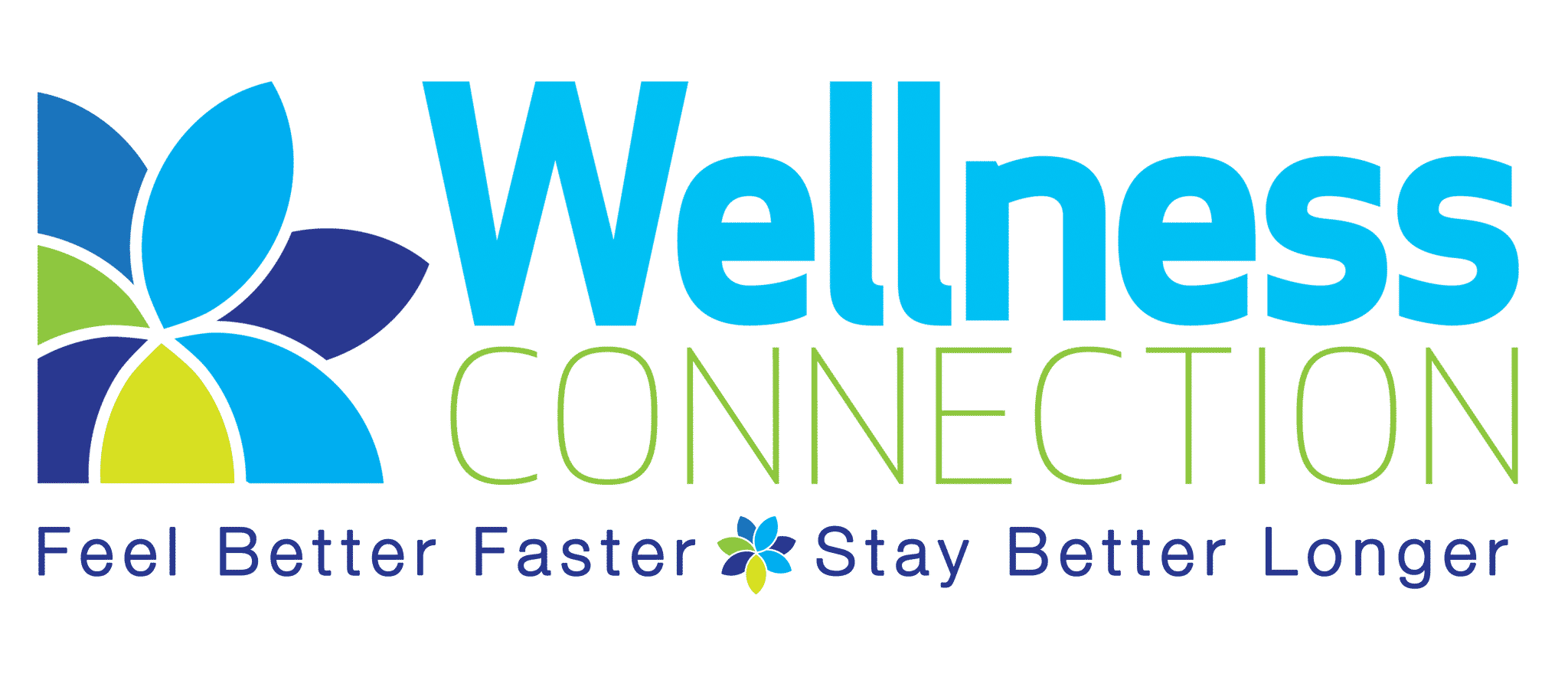Resilient children: Has the Bar Been Raised?

September is National Suicide Prevention Month. This weekend, our counseling team participated in the We’re All Human 5K Color Run. Celebrating life, we were splashed with color, but had fun supporting a cause that is extremely important to us. Suicide is the second leading cause of death for young people between the ages of 10 and 24. Dedicated to the prevention of youth suicide, we are working to reduce the stigma of mental health through community awareness and education.
As children, we allegedly walked to school uphill both ways, barefoot in the snow. Being bullied was just a normal part of growing up. We pulled ourselves up by the bootstraps and never even complained, right? If we were to be honest, this couldn’t be farther from the truth.
Times may have been different, but our growing pains were just as real as the struggles our children now face. Feeling hopeless and alone back then felt just as bad as it does today. Hopelessness is the number feeling people have when considering suicide. Join the fight in teaching our children that suicide is preventable and help is available.
Four Ways to Help Your Child Build Resilience:
-
Check in with your child frequently.
Rather than focusing only on grades, ask who made them smile, who they sat with at lunch, or what their biggest struggle of the day was. Start by sharing one of your daily challenges, remembering to keep it age-appropriate.
-
Listen with empathy and avoid the urge to fix.
It’s normal for parents to want to help solve their child’s problems in an attempt to shield them from experiencing distress or emotional pain. Oftentimes, our children just want us to be present and listen. You might respond with “That must have been awful. How are you going to handle that?” instead of “Here is what I would do.” Save the life raft for more urgent needs, such as safety concerns.
-
Manage your stress.
Model self-compassion by managing your own stress in healthy ways. Children typically learn how to respond to distressing situations from those around them. Think back to when they fell off their bike and looked to you before crying.
-
Get professional help for your child.
If your child is experiencing intense emotions or behavioral changes that persist beyond a few weeks, expressing thoughts or actions of self-harm, or if symptoms are interfering with their daily functioning at home or school, contact your primary care physician or schedule an appointment with a therapist.
If your child is struggling, you are not alone. We have over 20 experienced clinicians with different areas of specialty, including, but not limited to, individual and group counseling, art therapy, and pet therapy. We can help you find the right therapist who can provide support for you and your child. Accepting new clients now! In-person and virtual appointments are available to meet the needs of your busy schedule.
If you are interested in learning more about Wellness Connection or our resources for children, please call us at (703) 327-0335 or send us an e-mail.



